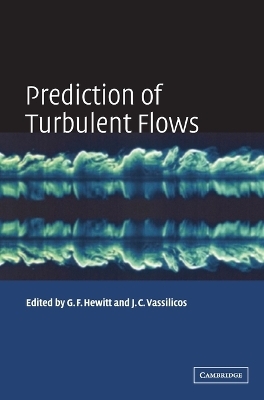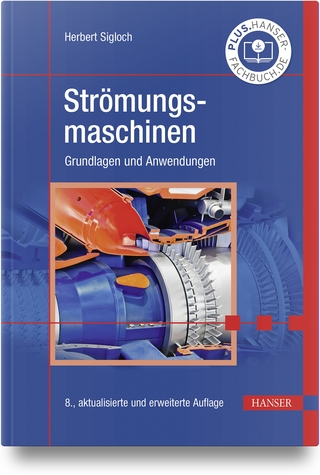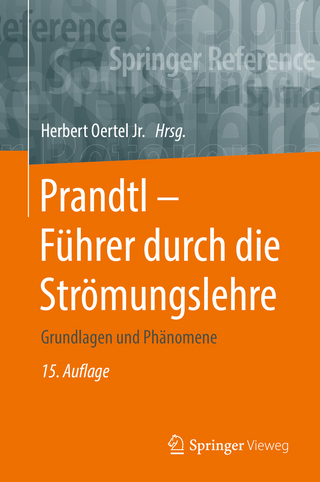
Prediction of Turbulent Flows
Seiten
2005
Cambridge University Press (Verlag)
978-0-521-83899-3 (ISBN)
Cambridge University Press (Verlag)
978-0-521-83899-3 (ISBN)
This volume arose from a major programme held at the Isaac Newton Institute in Cambridge. It takes an overview of the current situation on the prediction of such flows through modern computational fluid dynamics techniques. In this way, it addresses the needs of experienced practitioners and researchers in fluid dynamics.
The prediction of turbulent flows is of paramount importance in the development of complex engineering systems involving flow, heat and mass transfer, and chemical reactions. Arising from a programme held at the Isaac Newton Institute in Cambridge, this volume reviews the current situation regarding the prediction of such flows through the use of modern computational fluid dynamics techniques, and attempts to address the inherent problem of modelling turbulence. In particular, the current physical understanding of such flows is summarised and the resulting implications for simulation discussed. The volume continues by surveying current approximation methods whilst discussing their applicability to industrial problems. This major work concludes by providing a specific set of guidelines for selecting the most appropriate model for a given problem. Unique in its breadth and critical approach, this book will be of immense value to experienced practitioners and researchers, continuing the UK's strong tradition in fluid dynamics.
The prediction of turbulent flows is of paramount importance in the development of complex engineering systems involving flow, heat and mass transfer, and chemical reactions. Arising from a programme held at the Isaac Newton Institute in Cambridge, this volume reviews the current situation regarding the prediction of such flows through the use of modern computational fluid dynamics techniques, and attempts to address the inherent problem of modelling turbulence. In particular, the current physical understanding of such flows is summarised and the resulting implications for simulation discussed. The volume continues by surveying current approximation methods whilst discussing their applicability to industrial problems. This major work concludes by providing a specific set of guidelines for selecting the most appropriate model for a given problem. Unique in its breadth and critical approach, this book will be of immense value to experienced practitioners and researchers, continuing the UK's strong tradition in fluid dynamics.
1. Introduction G. F. Hewitt; 2. Turbulent flows: their structure and behaviour J. C. R. Hunt, N. D. Sandham, J. C. Vassilicos, B. E. Launder, P. A. Monkewitz and G. F. Hewitt; 3. The modelling of turbulent flows affected by buoyancy and stratification B. E. Launder; 4. Turbulent flames W. P. Jones; 5. Boundary layers under strong distortion J. F. Morrison; 6. Direct and large eddy simulation N. D. Sandham; 7. Multiphase flows G. F. Hewitt and M. W. Reeks; 8. Guidelines and criteria for the use of turbulence models in complex flows J. C. R. Hunt and A. M. Savill.
| Erscheint lt. Verlag | 8.6.2005 |
|---|---|
| Zusatzinfo | 2 Halftones, unspecified; 56 Line drawings, unspecified; 16 Line drawings, color |
| Verlagsort | Cambridge |
| Sprache | englisch |
| Maße | 180 x 255 mm |
| Gewicht | 850 g |
| Themenwelt | Naturwissenschaften ► Physik / Astronomie ► Strömungsmechanik |
| ISBN-10 | 0-521-83899-1 / 0521838991 |
| ISBN-13 | 978-0-521-83899-3 / 9780521838993 |
| Zustand | Neuware |
| Haben Sie eine Frage zum Produkt? |
Mehr entdecken
aus dem Bereich
aus dem Bereich


